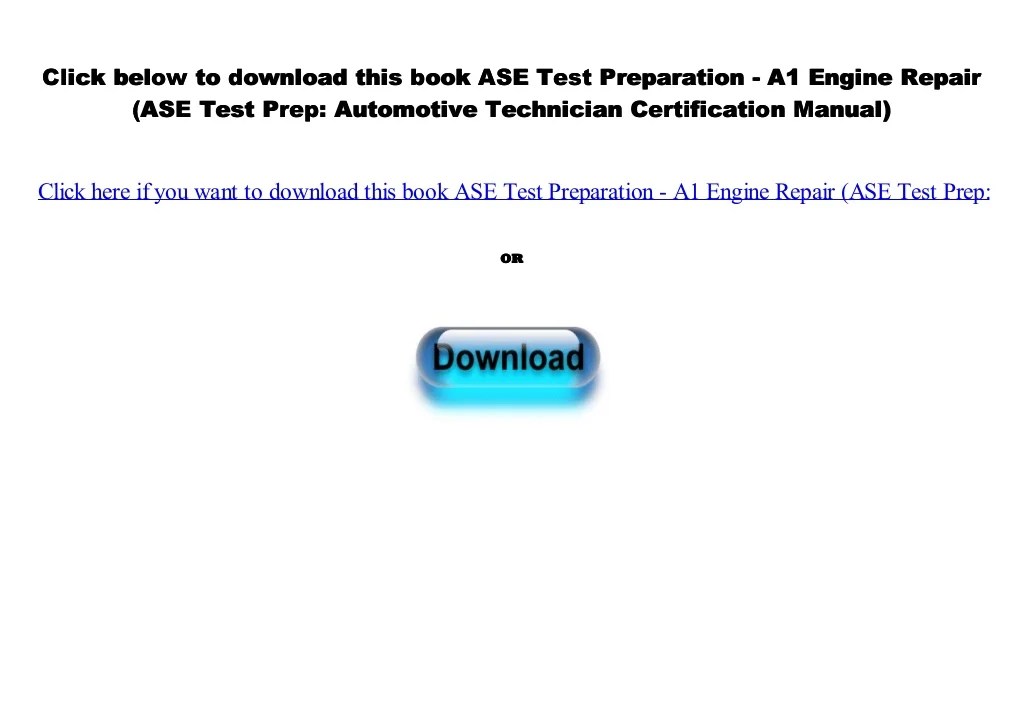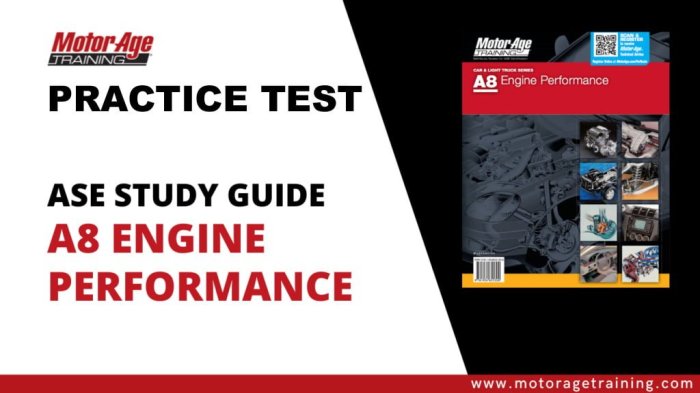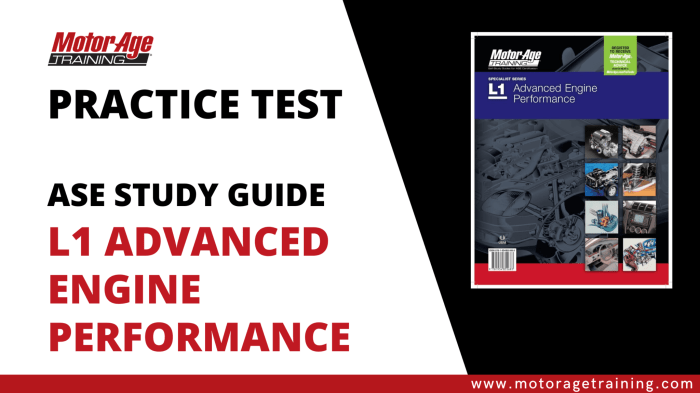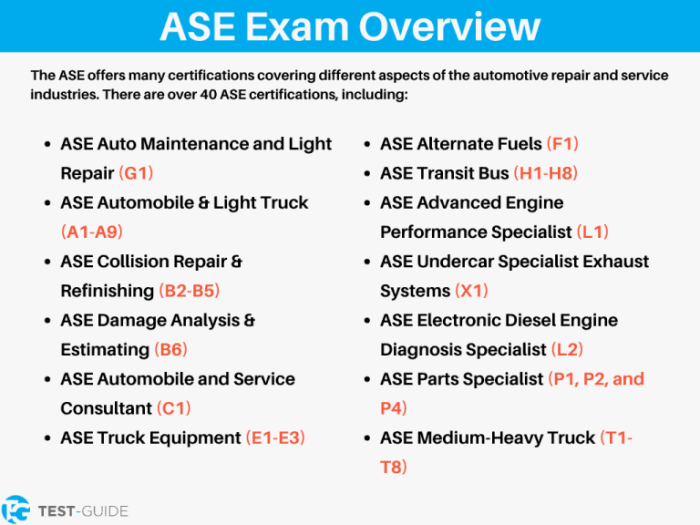Prepare to excel in the ASE Engine Performance Practice Test with our comprehensive guide. This test assesses your understanding of engine performance, and our insights will empower you to perform at your best. Delve into test preparation strategies, content overviews, effective test-taking techniques, and practice questions to conquer this challenge.
Our expert guidance will navigate you through the intricacies of engine performance testing, providing a solid foundation for success. Whether you’re a seasoned mechanic or an aspiring technician, this guide will equip you with the knowledge and confidence to achieve your testing goals.
Introduction

Assessing engine performance is crucial for maintaining optimal vehicle operation, fuel efficiency, and emissions control. Engine performance tests help diagnose issues, monitor engine health, and ensure compliance with regulations.
There are various types of engine performance tests, each designed for specific purposes:
- Compression test:Measures cylinder compression to identify potential valve, piston, or head gasket problems.
- Leakdown test:Detects leaks in the combustion chamber, valves, or piston rings.
- Cylinder balance test:Compares the power output of each cylinder to identify any imbalances.
- Dynamometer test:Measures engine power and torque output under simulated load conditions.
Test Preparation

Adequate preparation is essential for success in the ASE engine performance practice test. Here are some tips:
- Review ASE study materials:The ASE website provides official study guides and practice tests.
- Attend training programs:Consider enrolling in training courses offered by automotive manufacturers or technical schools.
- Study engine theory and operation:Understand the principles of engine operation, including fuel systems, ignition systems, and valve timing.
- Practice diagnostic techniques:Familiarize yourself with diagnostic tools and procedures used in engine performance troubleshooting.
- Stay up-to-date on technology:Keep abreast of the latest advancements in engine performance technology and repair techniques.
Test Format and Content

The ASE engine performance practice test consists of multiple-choice questions that cover a wide range of topics, including:
- Engine diagnosis and repair
- Fuel and ignition systems
- Emission control systems
- Engine performance testing and analysis
The test format is typically as follows:
- Number of questions:Varies depending on the specific test version.
- Time limit:Usually 2-3 hours.
- Question types:Multiple-choice questions with four answer options.
- Scoring:Each correct answer is worth one point.
Test-Taking Strategies: Ase Engine Performance Practice Test

Effective test-taking strategies can help maximize performance on the ASE engine performance practice test:
- Time management:Allocate time wisely, answering the questions you know best first.
- Question analysis:Read each question carefully and identify the key concepts being tested.
- Answer selection:Eliminate incorrect answer options and select the best answer from the remaining choices.
- Guessing:If you are unsure about an answer, make an educated guess based on your knowledge and experience.
- Review and check:After completing the test, review your answers and check for any errors.
Helpful Answers
What is the purpose of the ASE Engine Performance Practice Test?
The ASE Engine Performance Practice Test evaluates your knowledge and skills in diagnosing and repairing engine performance issues, preparing you for the ASE Engine Performance certification exam.
How can I prepare effectively for the test?
Follow the test preparation tips Artikeld in our guide, including studying the test content, practicing with sample questions, and utilizing available resources like books and online courses.
What topics are covered in the test?
The test covers various engine performance areas, including engine theory, diagnostics, fuel and ignition systems, emissions control, and engine repair procedures.
What are some effective test-taking strategies?
Manage your time wisely, read questions carefully, eliminate incorrect answer choices, and don’t be afraid to guess if you’re unsure.